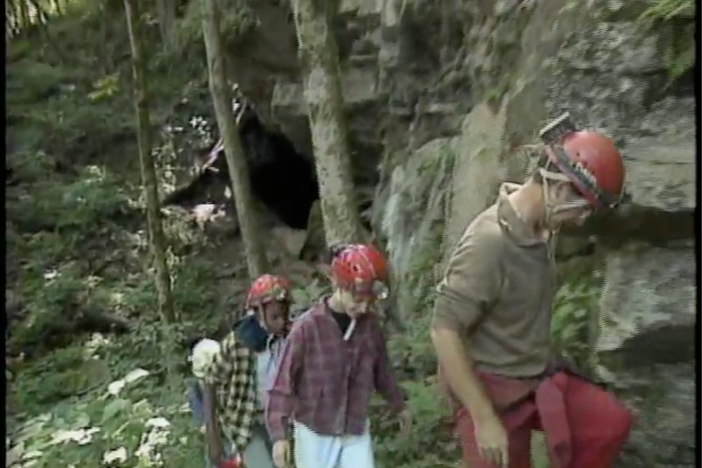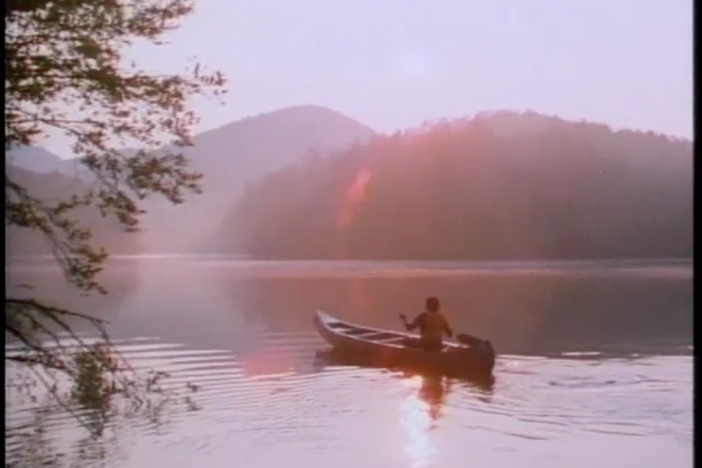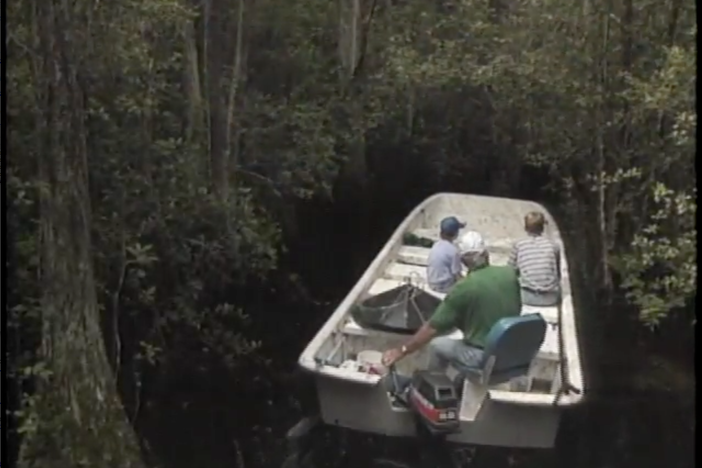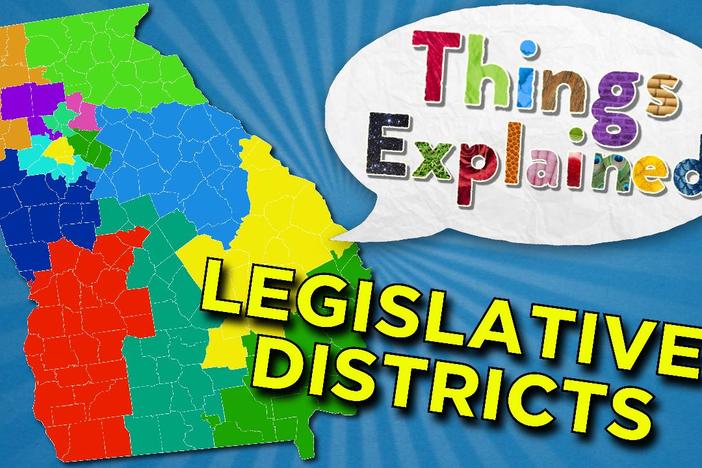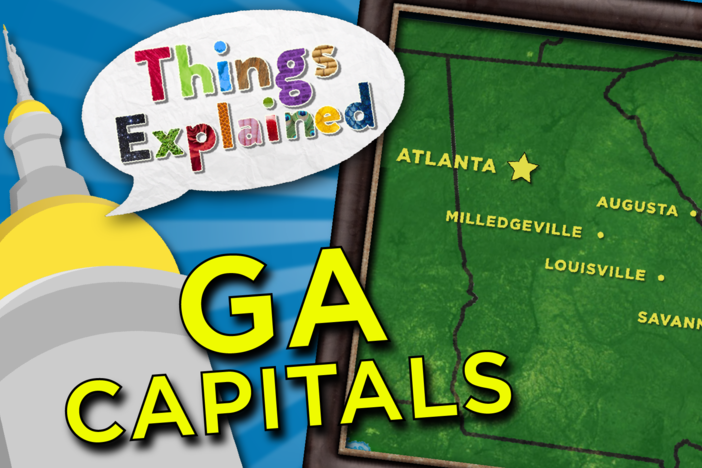Georgia's Own Swamp Thing
Don Berryhill, science specialist with the Okefenokee Regional Education Service Agency, guides students in a canoe through the Okefenokee Swamp and points out many unique species in this specialized ecosystem. Bill Cribbs, a descendant of a farmer who came to the Okefenokee in the late 1800s, and park ranger Pete Griffin describe life in the swamp when people worked at the Hebard Lumber Company. Like any mysterious place, legends abound, Cribbs and Griffin have a few stories to tell.
Georgia's Own Swamp Thing
Don Berryhill, science specialist with the Okefenokee Regional Education Service Agency, guides students in a canoe through the Okefenokee Swamp and points out many unique species in this specialized ecosystem. Bill Cribbs, a descendant of a farmer who came to the Okefenokee in the late 1800s, and park ranger Pete Griffin describe life in the swamp when people worked at the Hebard Lumber Company. Like any mysterious place, legends abound, Cribbs and Griffin have a few stories to tell.
Social Studies
Locate Georgia in relation to region, nation, continent, and hemispheres.
Distinguish among the five geographic regions of Georgia in terms of location, climate, agriculture, and economic contribution.
Locate key physical features of Georgia and explain their importance; include the Fall Line, Okefenokee Swamp, Appalachian Mountains, Chattahoochee and Savannah Rivers, and barrier islands.
Analyze the importance of water in Georgia's historical development and economic growth.
1. Why is it important to protect the Okefenokee Swamp?
2. Create a food chain of animals and plants that live in the Okefenokee Swamp.
3. Explain why the Okefenokee Swamp was a good place for settlers to live.
1. View a map to see the relative size of the Okefenokee Swamp and discuss the following: the physical characteristics of the swamp; how you think people used it; reasons why the federal government would purchase the property; and the economic value of the swamp. You can learn more about the Okefenokee Swamp by exploring GPB's Physical Features of Georgia virtual field trip.
ivory-billed woodpecker: A huge black and white bird (males had bright red crests) that lived in the Okefenokee as late as the first part of the 20th century
indigenous: native to; animals indigenous to the Okefenokee Swamp are animals that live in the swamp
merchantable: worth money; sellable
reconnaissance: relating to general surveying; sampling a region or an area
Seminole: Indian tribe that once inhabited the Okefenokee. They are often remembered as the group Andrew Jackson fought in Florida
turpentining: process of extracting turpentine (a type of liquid) from trees
1. Why is it important to protect the Okefenokee Swamp?
The Okefenokee Swamp is a unique ecosystem that supports a variety of wildlife. Protecting this environment allows animals to live naturally without human disruption.
2. Create a food chain of animals and plants that live in the Okefenokee Swamp.
Answers may vary, but the alligator should remain at the top of the food chain.
One example of a food chain from lowest tier to highest: berries-->beetle-->dragonfly-->bass-->egret-->alligator
3. Explain why the Okefenokee Swamp was a good place for settlers to live.
The swamp's land is very fertile so there was always plenty to eat and drink.
